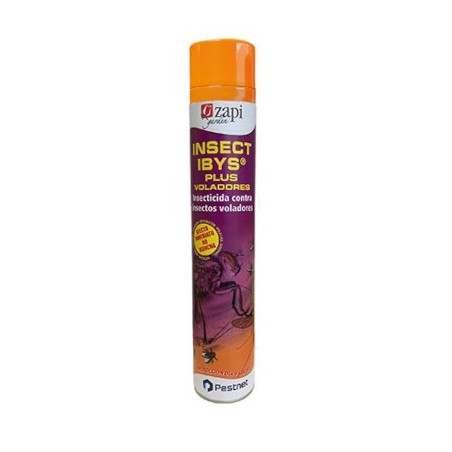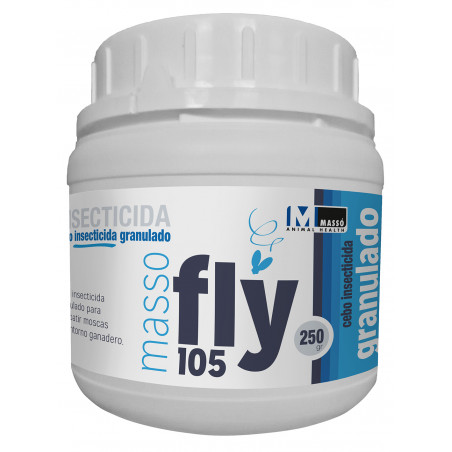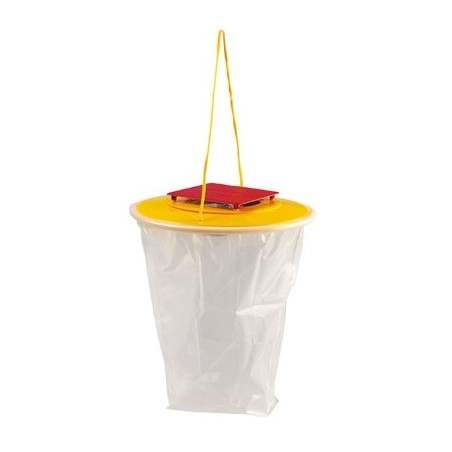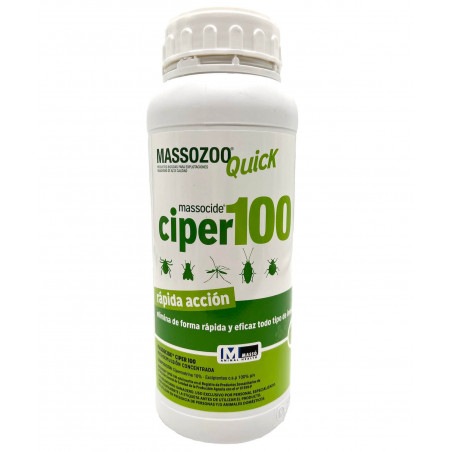Senecavirus A (SVA) is an emerging picornavirus that has been recently associated with increased outbreaks of vesicular disease and neonatal mortality in swine. Many aspects of SVA infection biology and epidemiology remain unknown. Here, we present a diagnostic investigation conducted in swine herds affected by vesicular disease and increased neonatal mortality. Clinical and environmental samples were collected from affected and unaffected herds and screened for the presence of SVA by real-time PCR and virus isolation.
Notably, SVA was detected and isolated from vesicular lesions and tissues from affected pigs, environmental samples, mouse feces, and mouse small intestine. SVA nucleic acid was also detected in houseflies collected in affected farms and in a farm with no history of vesicular disease. Detection of SVA in mice and housefly samples and recovery of viable virus from mouse feces and small intestine here, suggests that these pests may play a role on the epidemiology of SVA. These results provide important information that may allow the development of improved prevention and control strategies for SVA.

Lok R. Joshi, Kristin A. Mohr, Travis Clement, Kyle S. Hain, Bryan Myers, Joseph Yaros, Eric A. Nelson, Jane Christopher-Hennings, Danielle Gava, Rejane Schaefer, Luizinho Caron, Scott Dee, Diego G. Diel; Detection of the Emerging Senecavirus A in Pigs, Mice and Houseflies; JCM Accepted Manuscript Posted Online 30 March 2016 J. Clin. Microbiol. doi:10.1128/JCM.03390-15








